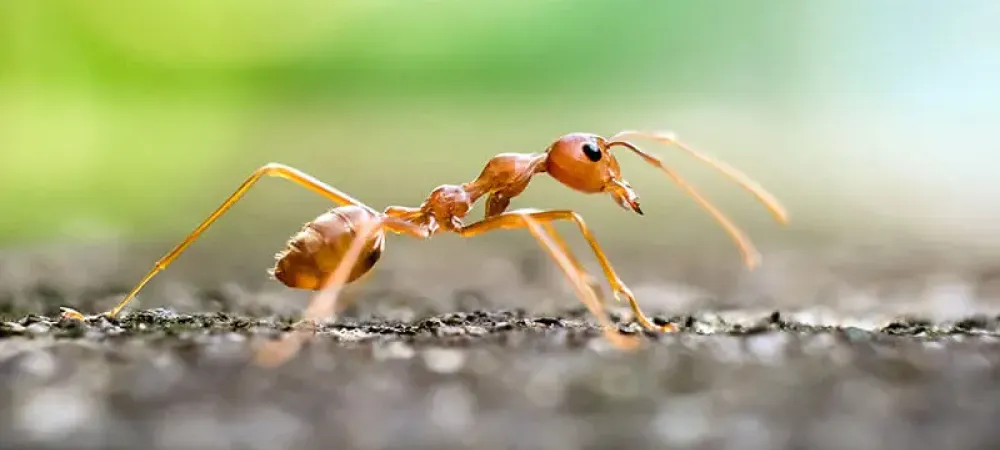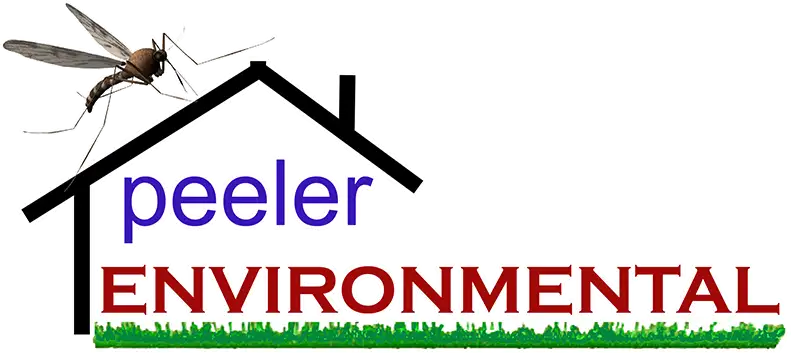How to Get Rid of Fire Ants

Fire ants aren’t just a backyard nuisance—they’re aggressive, invasive, and deliver painful stings that can cause serious allergic reactions. If you're spotting mounds or swarms on your property, it's important to act quickly. In this post, we’ll walk through what attracts fire ants, how to get rid of them, and how to prevent them from coming back.
What Attracts Fire Ants?
Fire ants are drawn to food, moisture, and shelter. Outdoors, they seek protein-rich or sugary food sources like pet food, bird seed, spilled drinks, greasy trash, or dead insects. Moisture also plays a big role. Lawns with poor drainage, leaky irrigation, or standing water are prime nesting spots. And because fire ants prefer warm soil, sunny open areas like lawns, flower beds, and along driveways are especially vulnerable.
How to Get Rid of Fire Ants
To get rid of fire ants effectively, you’ll need a mix of baiting, direct treatment, and preventative action.
1. Identify the Mounds
Start by locating visible mounds. Fire ant nests can appear as dome-shaped soil piles with no visible opening. Don’t disturb them yet—doing so without treatment can cause the colony to split and spread.
2. Apply Fire Ant Bait
Broadcast bait is one of the most effective solutions for fire ant control. Choose a product containing an insect growth regulator or slow-acting insecticide. Spread the bait over the entire yard when ants are actively foraging, typically late afternoon or evening. Avoid watering or mowing for 24 hours after applying bait.
3. Use a Drench or Dust Treatment
Once baiting has begun, treat individual mounds with a liquid drench or dust to kill ants on contact. Pour the treatment directly into the mound, following the product’s label instructions. This step helps eliminate remaining ants faster.
4. Treat the Whole Property
Even if you only see one or two mounds, fire ants may have additional colonies nearby. Spot treatments rarely solve the problem long term. A full-yard treatment is often necessary to eliminate the entire population.
How to Prevent Fire Ants from Coming Back
After treatment, prevention is key. Start by eliminating the food and moisture sources that attract fire ants. Store pet food in sealed containers, secure garbage bins, and clean up outdoor spills promptly. Fix leaky hoses, broken irrigation heads, and poor drainage that leaves soil consistently damp. Trim vegetation away from structures and seal any cracks or gaps around your home’s foundation to prevent entry.
Regular yard maintenance and seasonal treatments can also keep fire ant populations in check. Spring through early fall is prime time for fire ant activity, so plan preventative care during this window.
When to Call a Professional
DIY methods can be effective for mild or isolated infestations, but widespread colonies or repeated outbreaks call for professional help. Licensed technicians have access to commercial-grade bait and liquid products that work faster and last longer than store-bought treatments. They’ll also assess your entire property for hidden colonies and create a tailored plan to eliminate them.
If you're ready to take back control of your yard, request an inspection for your fire ant control service today and get the solutions you need to keep them out for good.
